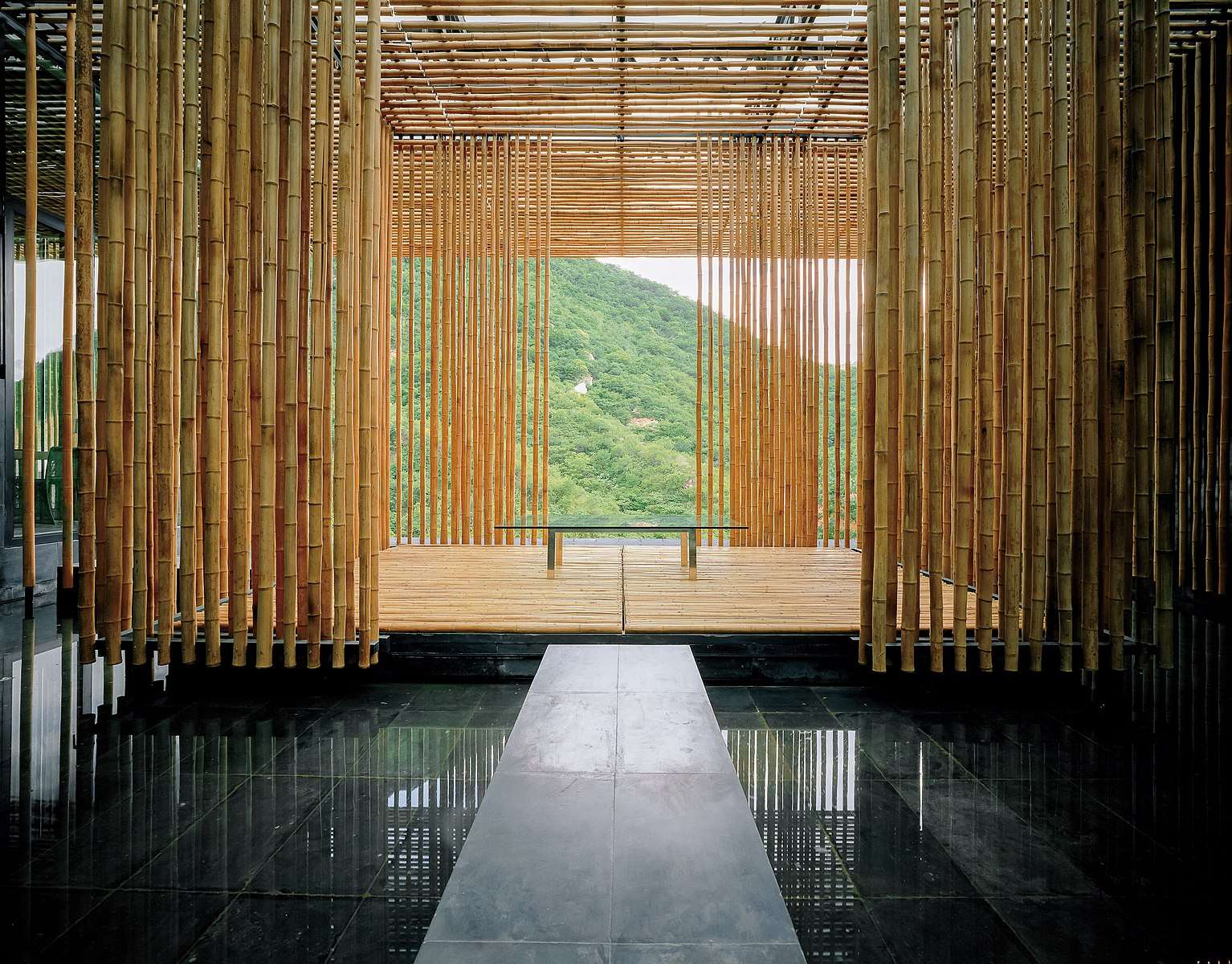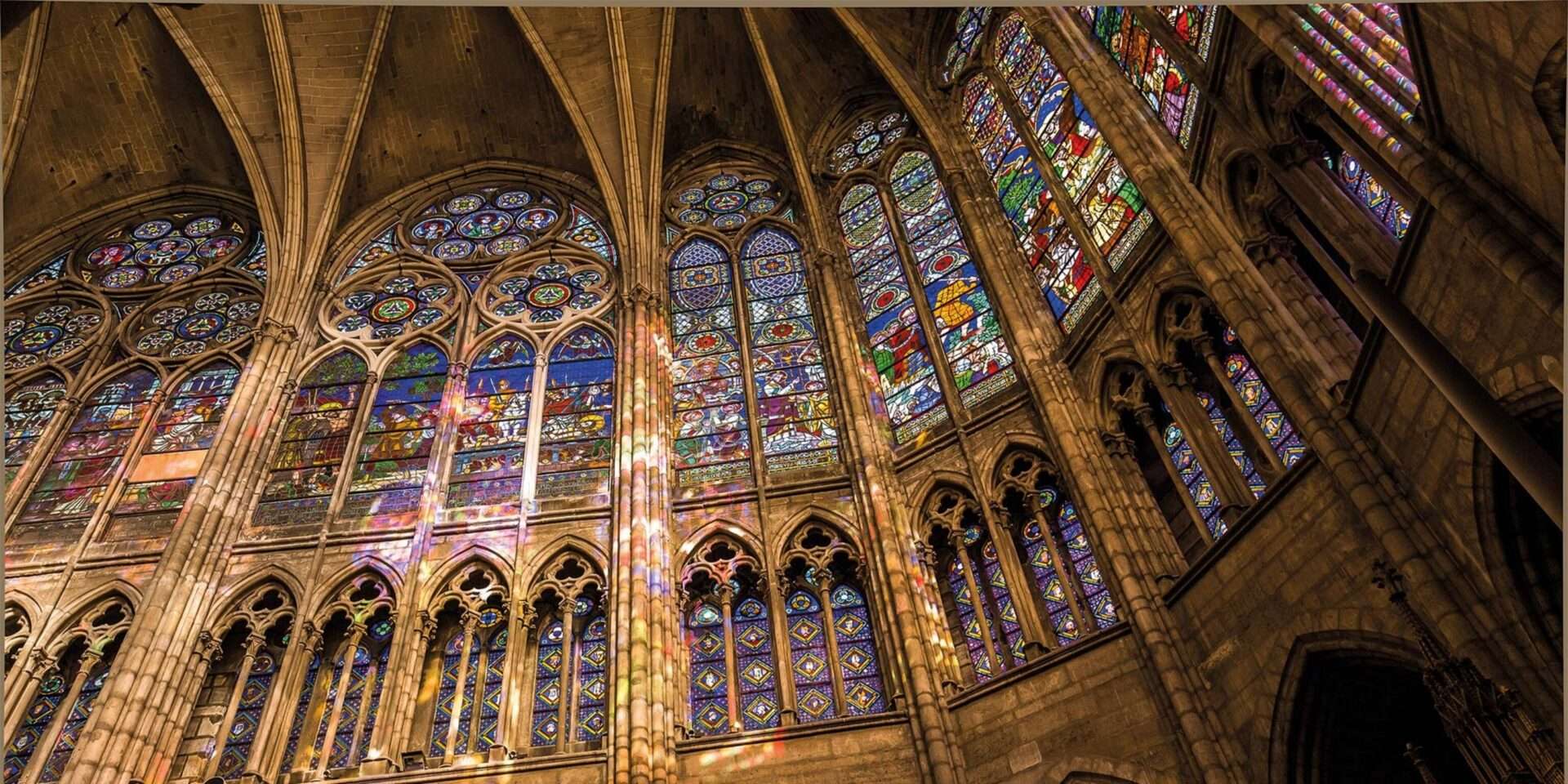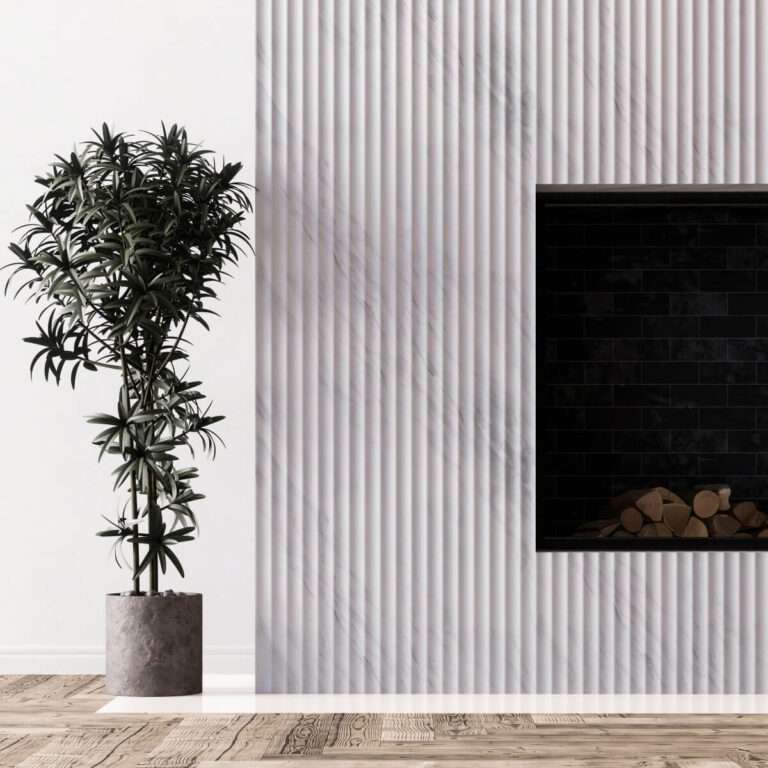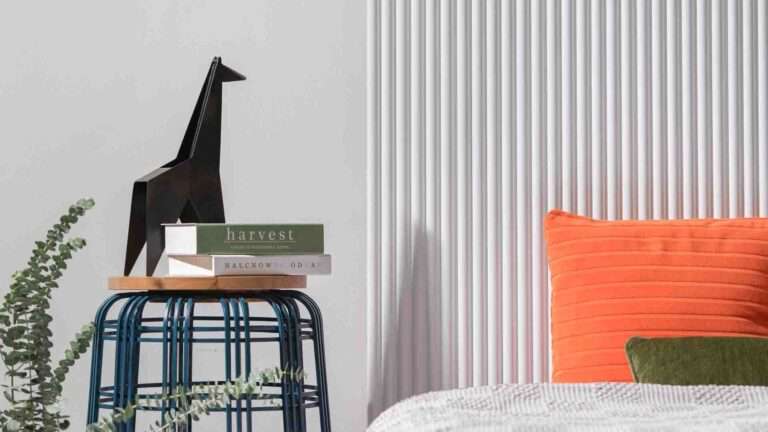Flute Through the Ages: The History of Fluted Panels
February 23, 2024
The flute, with its musical roots, has evolved into a captivating element in architecture and design. These versatile flutes weave through history, narrating stories of creativity and style.
Since the dawn of civilization, the flute’s influence can be traced. It’s evident in the majestic columns of Greece and the delicate bamboo flutes of China. Across cultures, flutes adorned furniture, pottery, and sacred spaces, their graceful curves echoing nature’s own fluted forms – seashells, leaves, and rippling waves.


In the Middle Ages, the flute evolved, adorning the cathedrals of Europe alongside stained glass windows and tapestries. During the Renaissance flutes can be seen across gilded furniture and ceilings, showcasing a renewed love for classical harmony.

Over time, the flute’s journey evolved. Art Deco embraced it with bold metallic profiles, complementing sleek lines and geometric forms, while Bauhaus furniture blended functionality with playfulness, incorporating fluted details for added depth and visual interest.


Today, contemporary architects and designers play with light and shadow through fluted facades, crafting buildings that seem to breathe. They infuse modern spaces with timeless elegance.

Over the years, flutes remain a testament to the enduring power of design—a reminder that human creativity continues to echo through the ages, enriching our world with timeless grace.
Related Articles

Fluted-In or Fluted-Out: A Guide to Choosing the Right Fluted Wall Panels
View this article
